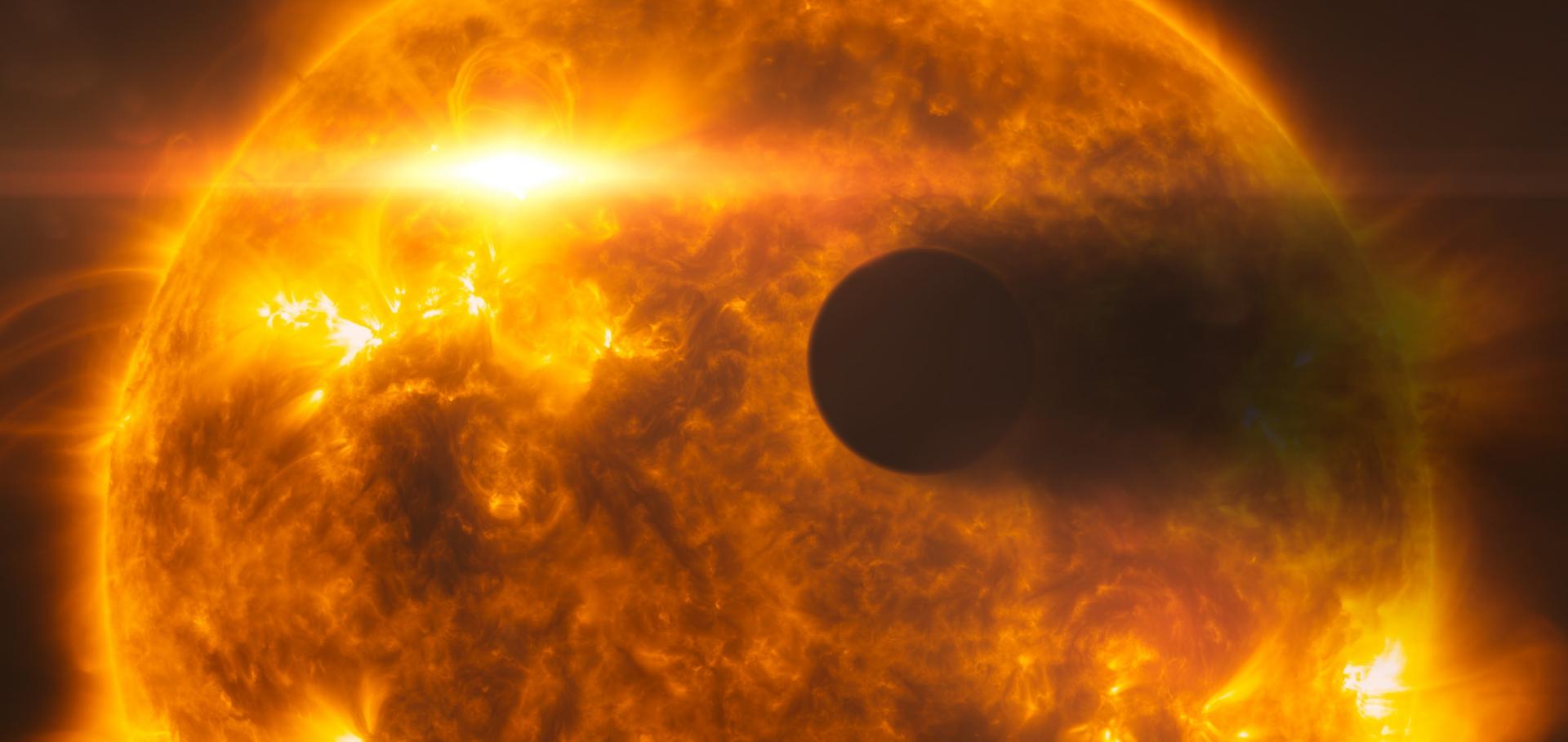Quasi-periodic Gaussian processes for stellar activity: From physical to kernel parameters
Monthly Notices of the Royal Astronomical Society Oxford University Press 515:4 (2022) 5251-5266
Abstract:
In recent years, Gaussian Process (GP) regression has become widely used to analyse stellar and exoplanet time-series data sets. For spotted stars, the most popular GP covariance function is the quasi-periodic (QP) kernel, whose hyperparameters of the GP have a plausible interpretation in terms of physical properties of the star and spots. In this paper, we test the reliability of this interpretation by modelling data simulated using a spot model using a QP GP, and the recently proposed quasi-periodic plus cosine (QPC) GP, comparing the posterior distributions of the GP hyperparameters to the input parameters of the spot model. We find excellent agreement between the input stellar rotation period and the QP and QPC GP period, and very good agreement between the spot decay time-scale and the length scale of the squared exponential term. We also compare the hyperparameters derived from light and radial velocity (RV) curves for a given star, finding that the period and evolution time-scales are in good agreement. However, the harmonic complexity of the GP, while displaying no clear correlation with the spot properties in our simulations, is systematically higher for the RV than for the light-curve data. Finally, for the QP kernel, we investigate the impact of noise and time-sampling on the hyperparameters in the case of RVs. Our results indicate that good coverage of rotation period and spot evolution time-scales is more important than the total number of points, and noise characteristics govern the harmonic complexity.Quasi-periodic Gaussian Processes for stellar activity: from physical to kernel parameters
(2022)
One year of AU Mic with HARPS - II. Stellar activity and star-planet interaction
Monthly Notices of the Royal Astronomical Society Oxford University Press 512:4 (2022) 5067-5084
Abstract:
We present a spectroscopic analysis of a 1-yr intensive monitoring campaign of the 22-Myr old planet-hosting M dwarf AU Mic using the HARPS spectrograph. In a companion paper, we reported detections of the planet radial velocity (RV) signatures of the two close-in transiting planets of the system, with respective semi-amplitudes of 5.8 ± 2.5 and 8.5 ± 2.5 m s-1 for AU Mic b and AU Mic c. Here, we perform an independent measurement of the RV semi-amplitude of AU Mic c using Doppler imaging to simultaneously model the activity-induced distortions and the planet-induced shifts in the line profiles. The resulting semi-amplitude of 13.3 ± 4.1 m s-1 for AU Mic c reinforces the idea that the planet features a surprisingly large inner density, in tension with current standard models of core accretion. Our brightness maps feature significantly higher spot coverage and lower level of differential rotation than the brightness maps obtained in late 2019 with the SPIRou spectropolarimeter, suggesting that the stellar magnetic activity has evolved dramatically over a ∼1-yr time span. Additionally, we report a 3σ detection of a modulation at 8.33 ± 0.04 d of the He i D3 (5875.62 Å) emission flux, close to the 8.46-d orbital period of AU Mic b. The power of this emission (a few 1017 W) is consistent with 3D magnetohydrodynamical simulations of the interaction between stellar wind and the close-in planet if the latter hosts a magnetic field of ∼10 G. Spectropolarimetric observations of the star are needed to firmly elucidate the origin of the observed chromospheric variability.Applications of a Gaussian Process Framework for Modelling of High-Resolution Exoplanet Spectra
(2022)
Applications of a Gaussian Process Framework for Modelling of High-Resolution Exoplanet Spectra
(2022)


